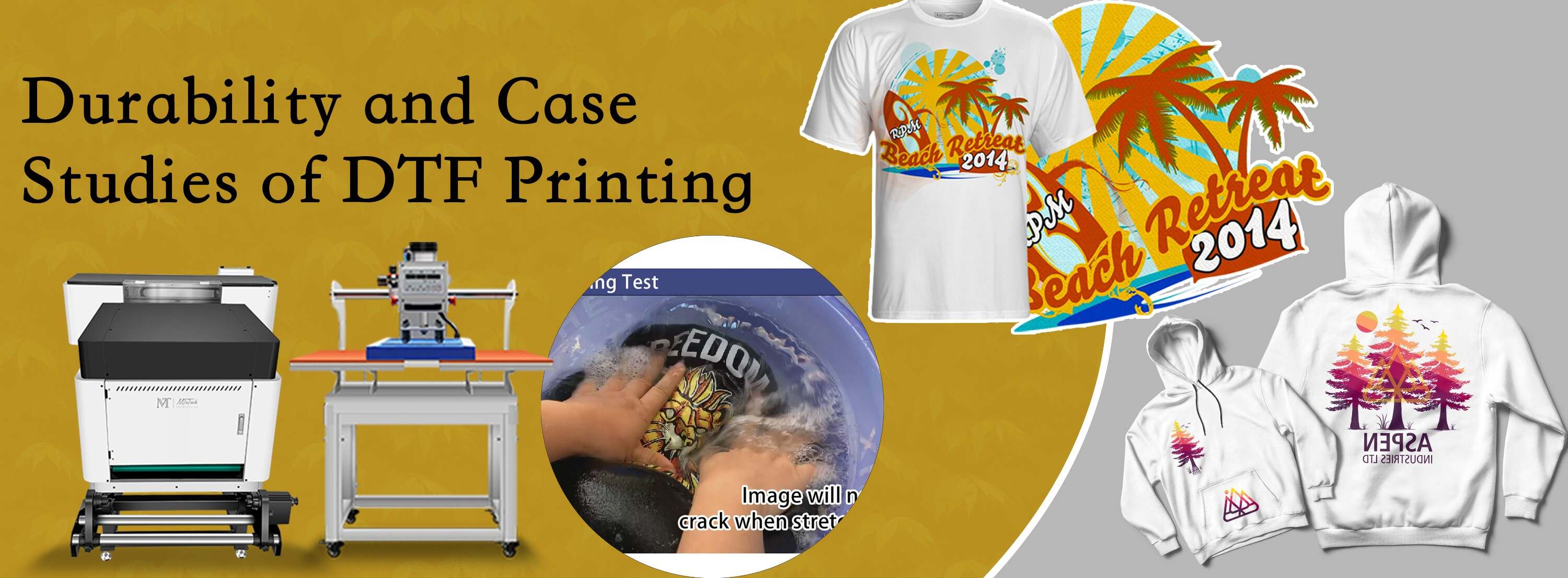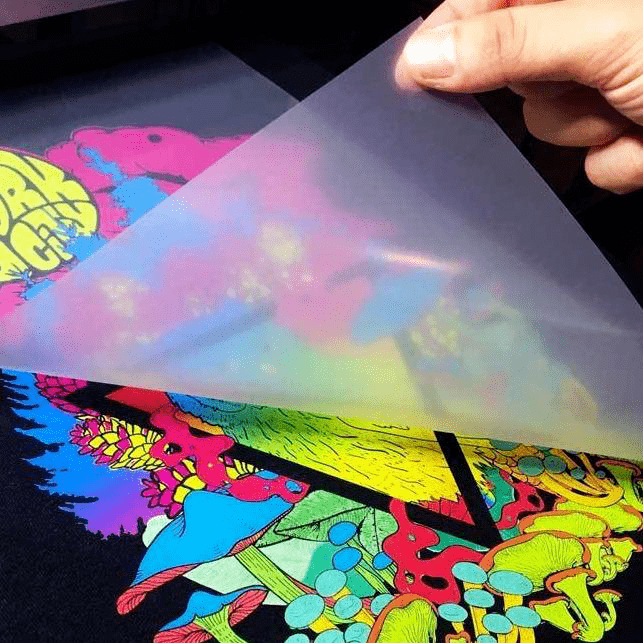Understanding DTF Printing: Tips and Techniques for Achieving Vibrant and Durable Prints
Worldwide of textile printing, achieving durable and vivid prints is a desirable ability that can raise the quality of your result. Understanding DTF (Direct to Movie) printing needs a mix of technical expertise, accuracy, and interest to detail. From picking the right products to adjust print settings and improving post-printing ending up strategies, there are numerous variables that can influence the end result of your prints. Recognizing how to browse these intricacies can make all the difference between a sub-par outcome and a truly outstanding one.

DTF Printing Essentials
For those brand-new to the globe of fabric printing, understanding the fundamentals of DTF printing is vital to grasping this innovative technique. Direct to Film (DTF) printing is a modern-day approach that includes moving designs from a special film onto numerous fabrics using a warmth press. Unlike standard techniques like screen printing, DTF uses advantages such as lively colors, intricate describing, and the capability to publish on varied materials like cotton, polyester, and blends.
The procedure begins by publishing the design on an unique DTF film making use of a compatible printer with CMYK or CMYKW ink collections. When the design is published, it is then healed with a heat press to develop a resilient and durable print. DTF printing is recognized for its ability to duplicate complicated layouts with high precision and shade accuracy, making it a prominent choice for services looking to produce custom clothing, advertising items, and a lot more.
Choosing the Right Materials

Similarly vital is the option of the glue powder. The glue powder works as a bonding representative in between the published style and the material, so it should have strong adhesion homes to make sure a lasting and resilient transfer. Different textiles might need different types of glue powders, so it is critical to match the powder to the material type for optimum results - DTF Printing. By carefully picking the appropriate materials for DTF printing, printers can enhance the top quality, vibrancy, and long life of their prints.
Optimizing Publish Settings
When intending to accomplish the most effective lead to DTF printing, meticulous interest to optimizing print setups is essential for making certain top notch and accurate transfers onto fabrics. One key facet to consider when enhancing print settings is the resolution. Higher resolutions commonly result in sharper and a lot more detailed prints, improving the total quality of the transfer. Furthermore, readjusting the ink thickness can help make certain and achieve dynamic colors that the layout sticks out on the material.
An additional vital setup to maximize is the print rate. Locating the appropriate equilibrium in between rate and top quality is crucial. While increasing the rate can boost performance, it might endanger the last print's clearness and color saturation. Try out different speeds and observing the results can aid establish link the optimum setup for every print task - DTF Printing.
Furthermore, make improvements shade accounts and guaranteeing proper shade administration are vital for achieving accurate and regular shades across different prints. By adjusting color setups and accounts, printers can reduce color inconsistencies and create uniform outcomes, improving the total print high quality and customer complete satisfaction.
Preparing Art Work for DTF Printing
Transform the art work to CMYK shade mode to guarantee that the shades convert accurately from screen to print. Remember to mirror the final style prior to publishing to make certain that it moves appropriately onto the garment. By following these steps and paying close attention to the details, you can prepare artwork that is enhanced for dynamic and long lasting DTF prints.
Post-Printing Finishing Strategies
Executing effective post-printing ending up methods is important to enhancing the great post to read durability and aesthetic charm of DTF prints on textiles. As soon as the printing procedure is complete, using warm to the printed layout is necessary.
After warm pressing, peeling off the pet dog movie thoroughly is a vital step. This procedure ought to be done gradually and gradually to stop any kind of damage to the print. Once the movie is removed, the print might require added treating time to better set the ink right into the material. This action assists enhance the washability and toughness of the print, ensuring it can hold up against several laundry cycles without fading or cracking.
In addition, trimming any excess movie around the layout can give the final print a expert and tidy look. Putting in the time to properly complete DTF prints post-printing can dramatically impact the overall high quality and long life of the textile design.

Verdict
Finally, grasping DTF printing calls for a thorough understanding of the fundamentals, reference picking ideal materials, maximizing print setups, preparing artwork successfully, and using post-printing finishing strategies. By complying with these methods and tips, one can achieve vivid and durable prints that meet their wanted high quality requirements. Consistent method and focus to detail are vital in achieving effective outcomes in DTF printing.
From selecting the best materials to make improvements print settings and improving post-printing ending up techniques, there are various elements that can influence the outcome of your prints. Unlike typical methods like screen printing, DTF uses benefits such as dynamic shades, elaborate describing, and the capability to publish on varied products like cotton, polyester, and blends.
Once the style is printed, it is then healed with a warmth press to develop a durable and long-lasting print.When intending to accomplish the ideal outcomes in DTF printing, precise attention to maximizing print settings is critical for making sure exact and high-grade transfers onto textiles.In verdict, grasping DTF printing needs a complete understanding of the fundamentals, selecting appropriate materials, maximizing print setups, preparing artwork effectively, and using post-printing finishing methods.
Comments on “Taking advantage of the Power of DTF Printing: Strategies for High-Quality Fabric Styles”